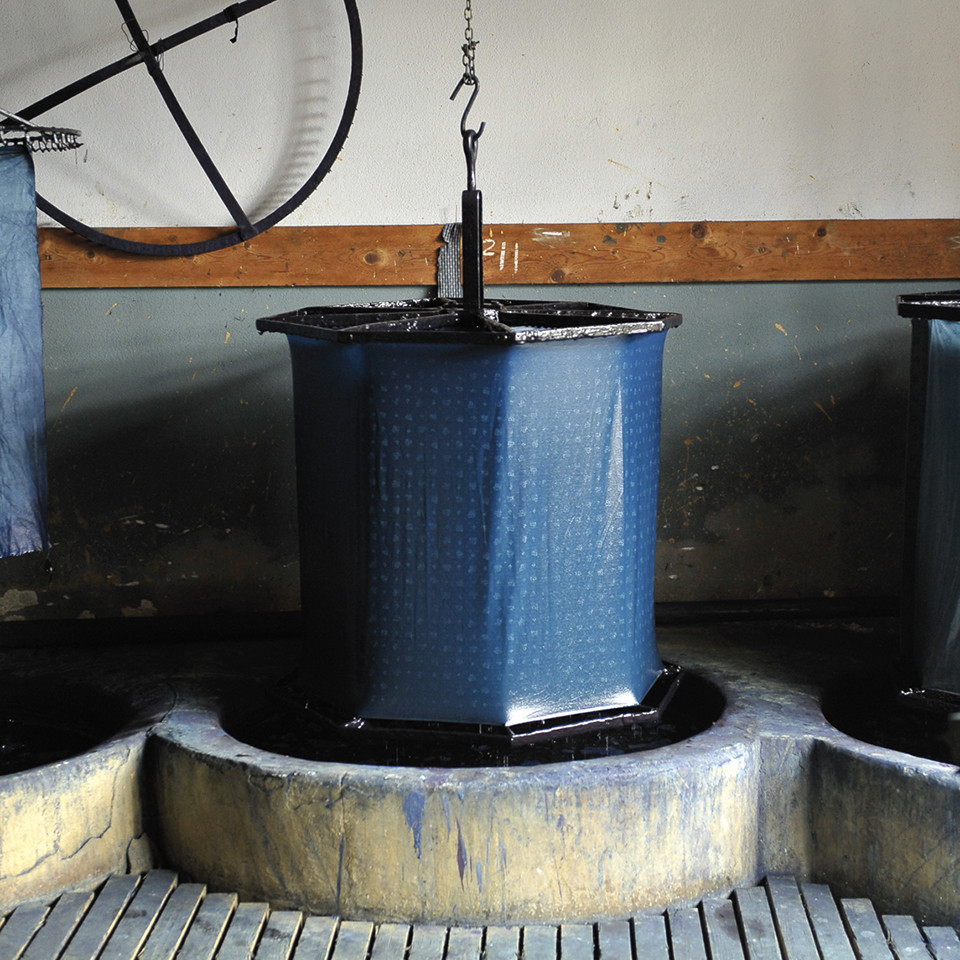
This text was published in HARD COPY 13 / Autumn 2021
Meat eater goes vegan –
an experiment

By Christina Müller
In every issue we road-test ideas for more sustainability – from wormeries to plastic-free shopping. This time, our graphic designer Christina changed her diet for a month and went vegan in an attempt to reduce her carbon footprint. Read on to find out how it went!
Ensuring that I eat a balanced, healthy diet has always been really important for me. In my books, this means eating (nearly) everything, but in the right quantities and at the right time. Home-cooked meals made with fresh ingredients – no ready-meals. Cooking is a fixed part of my day, I (almost always) enjoy it and it also has a social function. Animal products, like milk, eggs and cheese, have always been part of my daily diet – that is, until I started this test. I ate meat, fish or seafood perhaps once a week. Before I started this experiment, I had never seriously considered switching to a vegetarian or even vegan diet. The variety of flavours, the freedom to eat anything I wanted were deterrents to this lifestyle. At the same time, the question of where my food had come from and how it had been produced had an increasing influence on what I chose to purchase.
Before I embarked on my first vegan shop, I made a list of what I had in my cupboard and searched for new recipes or alternatives for products that I almost invariably have in the fridge, like cream cheese. Despite a highly structured shopping list and more than a passing familiarity with my local supermarket, I found myself having to navigate the aisles anew. There were so many products, and even entire aisles, that I had had never previously noticed.
At the discount supermarket there were very few alternatives to dairy or milk products. The larger supermarkets had a better selection of vegan products, but the choice of brands – and particularly for meat and cheese substitutes – was very limited. Most substitutes contain soy, almonds, oats or coconut. I found it difficult to get used to the different taste at first. I had to try out all the oat milks before I found the one that I liked, as there are considerable variations in flavour.
My highlight was spaghetti with wild garlic pesto and green asparagus.
What’s astonishing is the difference in price: vegan products are so much more expensive than animal-derived products, and you soon find yourself asking why? How can an animal or animal products be more expensive than plant-based ones? Here’s an example: cream cheese made with cow milk costs one euro for a 500 g pack; in contrast, the vegan version costs three euros for 300 g. Some of the substitute products were real lowlights: soy mince and (cream) cheese alternatives just didn’t float my boat in terms of texture or flavour.
The more I got into vegan cooking, the more I realised that I really didn’t need all those vegan alternatives as many dishes are already “unintentionally” vegan, and particularly those from the Middle Eastern or Asian cuisine. The choice of vegan recipes is so much wider than I thought it would be. I found a trove of great recipes online, for instance at biancazapatka.com, eat-this.org and health-bar.com. There are brilliant cookery books, like “One” by Anna Jones. It was so easy to try out new recipes, and there’s no difference in the actual preparation: vegan recipes aren’t more complicated and they don’t take longer. My highlight was spaghetti with wild garlic pesto and green asparagus.
I did notice that you have to plan your day quite well, and that you can’t expect to be able to grab a meal just anywhere. If you meet up with friends or family for dinner, you have to be certain there will be a vegan option. Other habits, like ordering food in, my usual shop at the baker’s or sweets are also difficult. That was the reason for my cheat meal: a (vegetarian) pizza from the delivery service.
My conclusion: The last few weeks have definitely made me more sensitive to the topic of a vegan diet. Becoming a vegan means changing habits and – initially – giving up things. At the same time, I discovered so many new recipes and foods. My vegan month showed me that diet is primarily a matter of habit – and that it can be exciting and inspiring to leave your comfort zone, but that it also requires a little work. I will continue to leave out cow milk and am instead buying oat milk as I no longer really taste the difference. That also applies to soy yoghurt. I also try to eat fewer eggs, and now have eggs perhaps once a week rather than the almost daily egg I used to eat. I want to continue to try out new products, for instance vegan spreads like hummus instead of cheese etc.
Here are a few more facts: What’s the point of a vegan diet? Going vegan reduces your ecological footprint because the production of animal foods causes vast amounts of greenhouse gas emissions. According to a WWF study, almost 70 per cent of our diet-related emissions are due to animal products (meat: 40.7%, milk/dairy products: 23.6%, fish: 3.2%, eggs: 1.3%), while plant products only account for about 30 percent (cereals: 9.3%, fruit: 6.2%, sugar: 4.8% vegetables: 4.2%, potatoes: 3.1%, vegetable oils/fats: 1.9%, other: 1.8%). Agriculture is responsible for 19 per cent of the total 51 billion tons of greenhouse gases emitted per year. A large part of these emissions can be traced back to factory farming. Worldwide, around one billion cattle alone are farmed for meat and milk production; these require large areas of land (including for growing cattle feed) and emit, among other things, two billion tonnes of methane per year.
Past Stories
Copy












